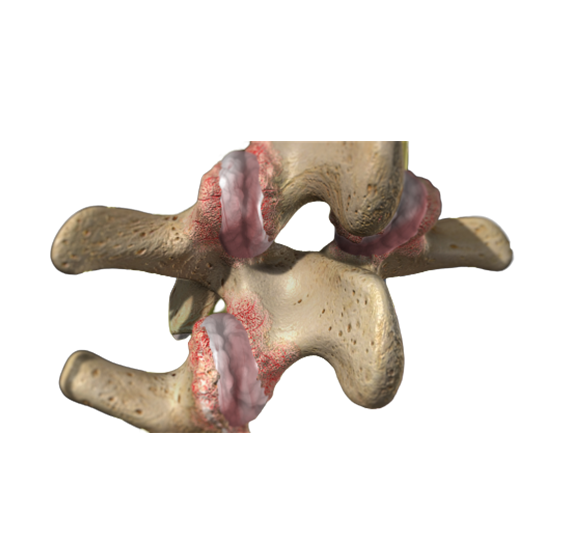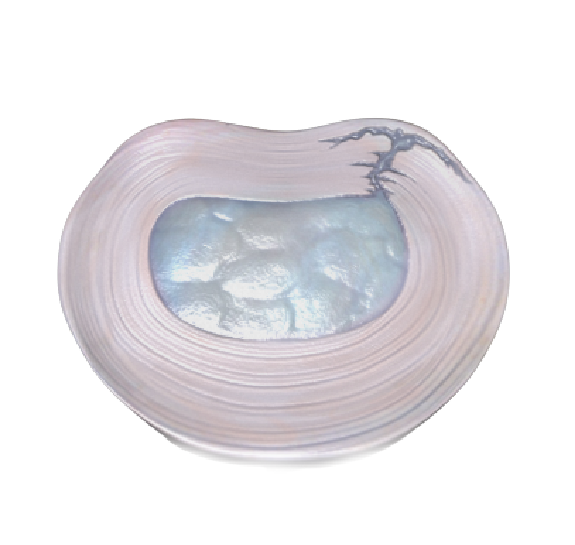Dr. Leah Brown, M.D.
Orthopedic Surgeon
Dr. Leah Brown is a board-certified orthopedic surgeon
who sub-specializes in arthroscopic surgery of the knee,
shoulder, and elbow. In addition, Dr. Brown is fellowship
trained and board-certified in Orthopedic Sports Medicine.
She performs surgery at Phoenix Spine and Joint Scottsdale.
Dr. Brown is in-network with most commercial carriers and
welcomes new Medicare patients.
Services Provided

ACL Reconstruction
Arthroscopic

Meniscectomy
Arthroscopic

Meniscal Repair
Arthroscopic

Rotator Cuff Repair
Arthroscopic repair

Lateral Epicondyle Release
For tennis elbow
Accepted Insurances
Information
Education
Leah Brown, M.D., is a board-certified orthopedic surgeon specializing in arthroscopic surgery of the knee, shoulder and elbow. Dr. Brown is a 14-time NCAA All-American, and a two-time NCAA National Gymnastics Champion and was inducted into the University of Georgia’s Circle of Honor in 2016. After completing her undergraduate work, she earned a Doctor of Medicine degree at The Ohio State University and The Cleveland Clinic
Foundation, followed by a Surgery internship at the Naval Medical Center San Diego.
Dr. Brown served for two years as a Battalion Surgeon (General Medical Officer) at Marine Corps Base Camp Pendleton. In 2006, she was deployed to Iraq in support of Operation Iraqi Freedom, where she served as the Medical Aid Station Director for Combat Logistics Battalion-5. Dr. Brown completed a four-year residency in the Department of Orthopedic Surgery at Naval Medical Center San Diego and subsequently joined the Center’s Department of Orthopedic Surgery as a faculty orthopedic surgeon. Her next assignment was as a faculty orthopedic surgeon at Naval Hospital Bremerton in Bremerton, Washington. In 2012, Dr. Brown was deployed to Afghanistan as a part of Operation Enduring Freedom, where she served as Orthopedic Surgery Department Head. She is the recipient of nine military honors and awards, including the Bronze Star, Navy Commendation Medal. She continues her military service as a Navy Reservist.
Fellowship Training
Dr. Brown is fellowship trained in orthopedic sports medicine, shoulder and elbow. She completed her fellowship at Orth Carolina in Charlotte, North Carolina. During her fellowship, she was an assistant team physician for the 2016 NFC Champions, Carolina Panthers and athletic departments for University of North Carolina in Charlotte and Davidson College in Davidson, North Carolina. She is currently the team Orthopedic Surgeon for the Phoenix Mercury and an official orthopedic consultant for Arizona State University and the Tempe Union High School district.
Dr. Brown is a Diplomate with the American Board of Orthopedic Surgery, a Fellow with the American Academy of Orthopedic Surgery, and a Member of the American Orthopedic Society for Sports Medicine and Arthroscopy Association of North America. She serves on the Medical Executive Board at St. Luke’s Medical Center and is the Co-Founder and owner of UrgentlyOrtho.








